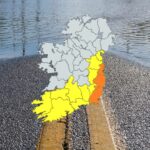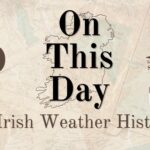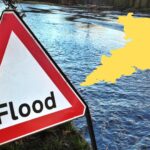
Slight Drop in Clean Areas but Heavily Littered Zones Shrink

In 2024, just 19.2 per cent of areas surveyed across Ireland were unlittered, a decline from 21.5 per cent in 2023.
That is according to the National Litter Pollution Monitoring System (NLPMS), which undertook 5,579 surveys nationwide last year.
Slightly polluted areas accounted for 59.8 per cent, up from 56.8 per cent, while moderately polluted zones rose to 17.4 per cent. Significantly polluted areas fell to 3 per cent and grossly polluted sites accounted for 0.6 per cent of all areas surveyed.
Minister of State with responsibility for the Circular Economy, Alan Dillon, said the results show progress in reducing heavily littered areas but stressed that tackling litter requires a collective effort from authorities, communities and individuals. He highlighted that recent surveys from Irish Business Against Litter indicate the number of towns deemed clean is increasing while areas classified as littered or worse are at their lowest in five years.
Passing pedestrians remain the main source of litter, although the proportion of litter attributed to this group fell from 42.3 per cent in 2023 to 39.4 per cent in 2024. Cigarette ends and chewing gum continue to be the most common items recorded in surveys.
Cigarette-related litter is now managed under the Single Use Plastics Regulations. Producers who place tobacco filter products containing plastic on the Irish market must contribute to clean-up costs through the Tobacco Product Plastic Filter Group. Contributions for 2023 amounted to €248,264 and will be used to fund litter prevention and clean-up measures.
Other measures to combat litter include the Deposit Return Scheme introduced in February 2024, Extended Producer Responsibility schemes for items such as wet wipes and balloons, and ongoing campaigns by the Gum Litter Taskforce which reduced chewing gum litter by 1.7 per cent. Environmental education initiatives, including the Green Schools Programme, the PURE programme in Wicklow, and An Taisce’s National Spring Clean, continue to support community awareness and engagement.
The full 2024 NLPMS results, including detailed data on litter types, sources and black spots, are available on the Department of Climate, Energy and the Environment website.
Share this WeathÉire story:







